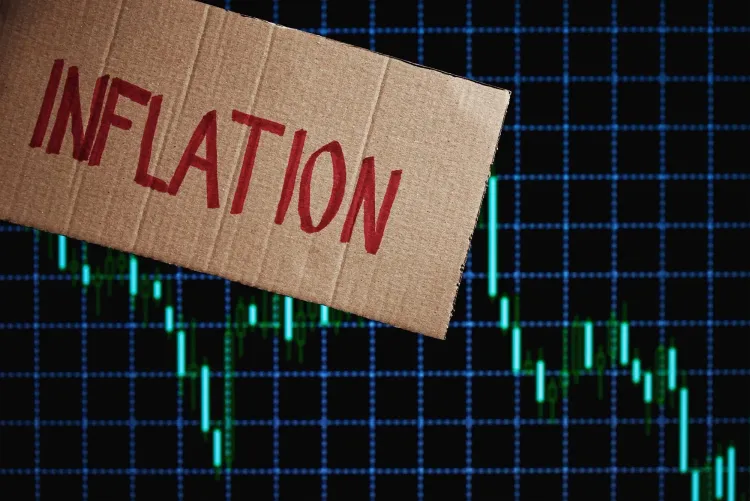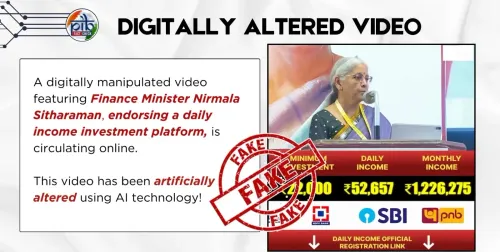Has India’s Retail Inflation Reached Its Lowest Since July 2019?

Synopsis
Key Takeaways
- Retail inflation in India has decreased to 3.16%.
- This is the lowest inflation rate since July 2019.
- Food inflation has eased significantly to 1.78%.
- The RBI has revised its inflation forecast for 2025-26.
- Positive outlook for food production may lead to sustained lower inflation.
New Delhi, May 13 (NationPress) India's retail inflation has decreased to 3.16 percent in April, down from 3.34 percent in March, marking its lowest point since July 2019. This decline is attributed to a further reduction in food prices, providing relief to household expenses, as reported by the Ministry of Statistics on Tuesday.
Food inflation, which constitutes nearly half of the Consumer Price Index (CPI) basket, has eased to 1.78 percent in April from 2.69 percent in March.
This marks the third consecutive month that inflation has remained below the Reserve Bank of India’s (RBI) target of 4 percent, allowing the central bank to maintain its accommodative monetary policy to stimulate economic growth.
India's yearly inflation based on the CPI fell to 3.34 percent in March, a significant drop compared to the same month last year, representing the lowest level since August 2019.
In recent months, retail inflation has demonstrated a downward trend. The Monetary Policy Committee of the Reserve Bank has revised its inflation forecast for 2025-26 to 4 percent from the previous 4.2 percent, as the outlook for food inflation has improved significantly, according to RBI Governor Sanjay Malhotra during a recent monetary policy review.
The positive shift in the food inflation outlook is due to reduced uncertainties regarding rabi crops, with the second advance estimates indicating record wheat production and increased output of key pulses compared to last year, highlighted the RBI Governor.
He also noted that with strong kharif arrivals, this scenario is likely to facilitate sustained easing of food inflation.
“Our latest survey indicated a significant drop in inflation expectations for the upcoming three months and one year, which will help stabilize inflation expectations going forward,” he added.
Additionally, the decline in crude oil prices is favorable for the inflation outlook. However, lingering global market uncertainties and the potential for adverse weather-related supply disruptions could create upward pressure on inflation.
Considering all these factors, and assuming a normal monsoon, the CPI inflation for the financial year 2025-26 is projected at 4.0 percent, with estimates of 3.6 percent for Q1, 3.9 percent for Q2, 3.8 percent for Q3, and 4.4 percent for Q4. Malhotra also mentioned that the risks are evenly balanced.









